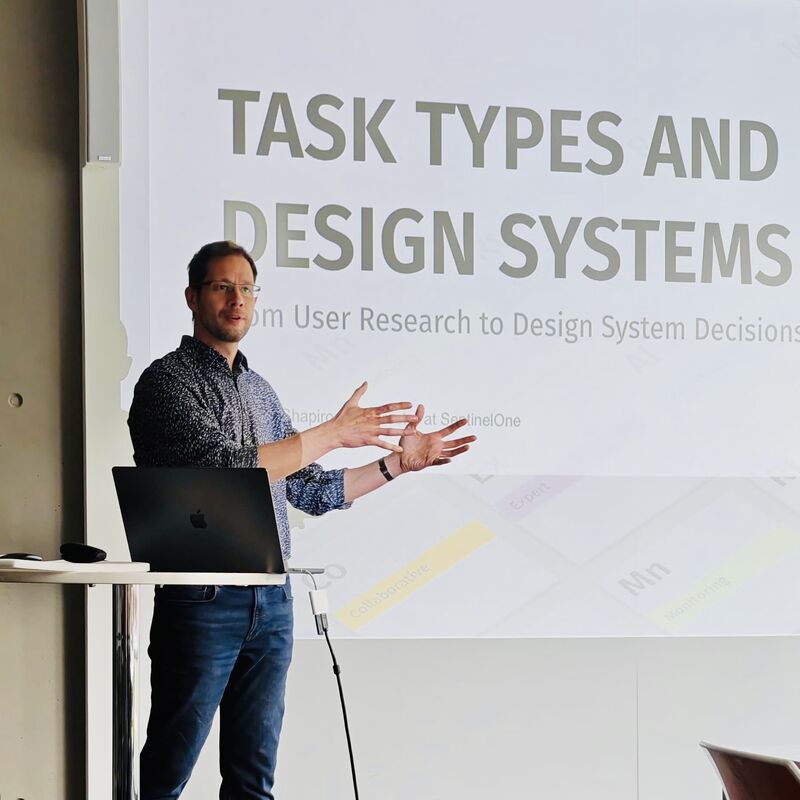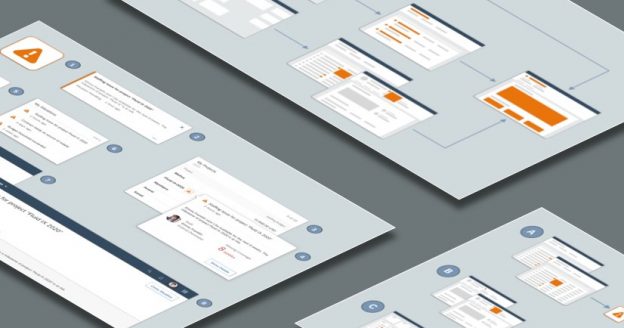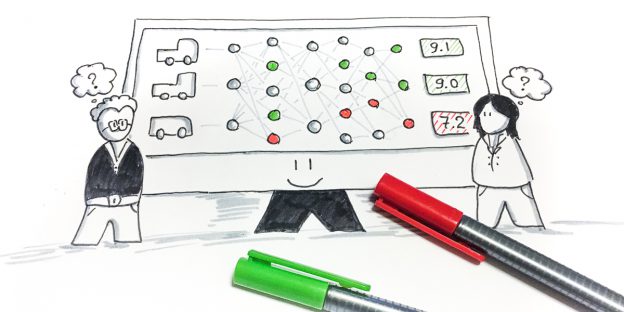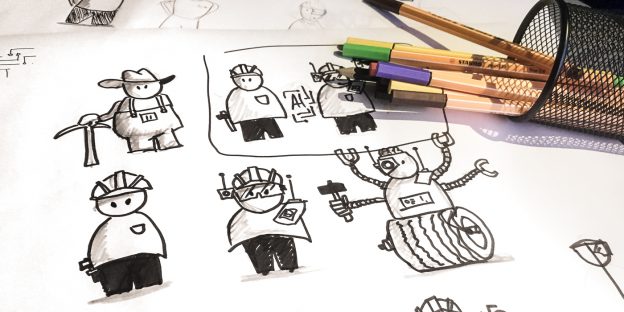Delivered my first talk at German UPA meetup in Karlsruhe after a while.
It felt good to step back onto the stage and engage with the wonderful local UX community again.
I shared some thoughts on user task types — a structured way of connecting user research insights with practical design system decisions.
Great feedback, with thought-provoking suggestions and challenges from the audience.
It is inspiring to explore further how this framework could translate to contexts beyond traditional desktop enterprise applications — such as consumer apps, mobile environments, automotive UX, or even specialized manufacturing tools.








